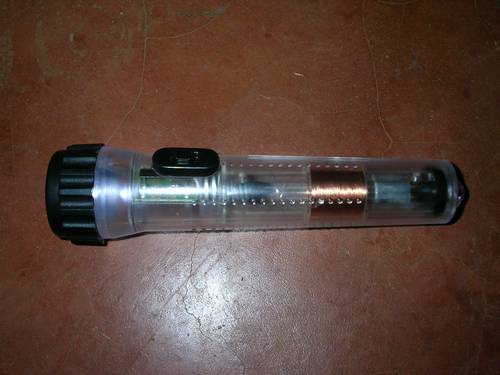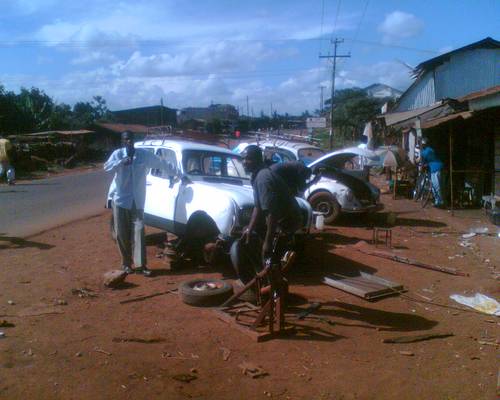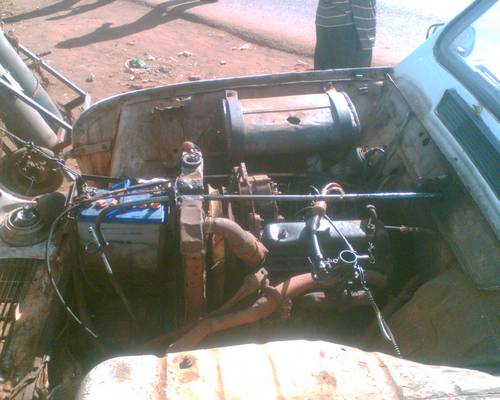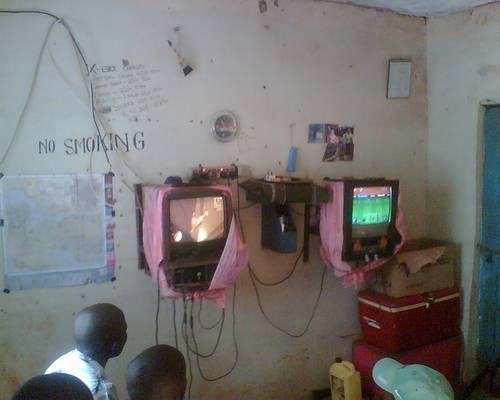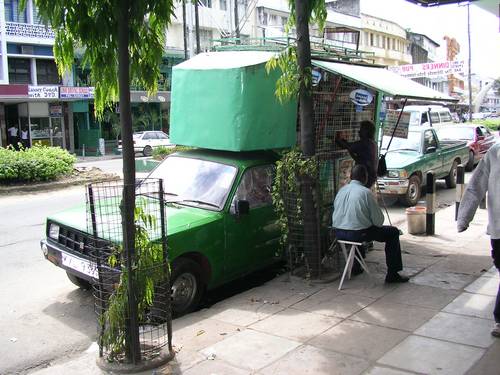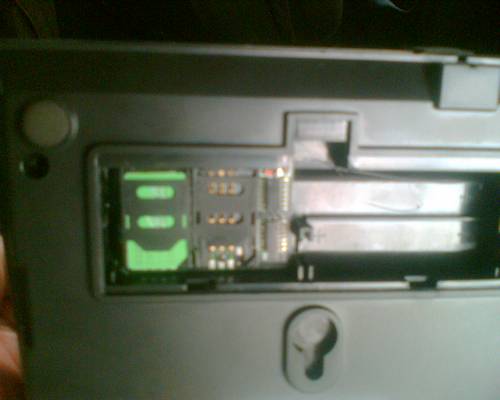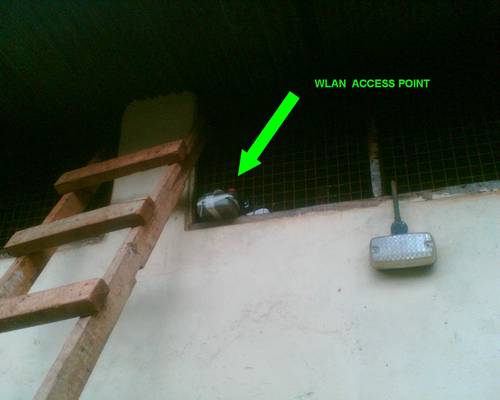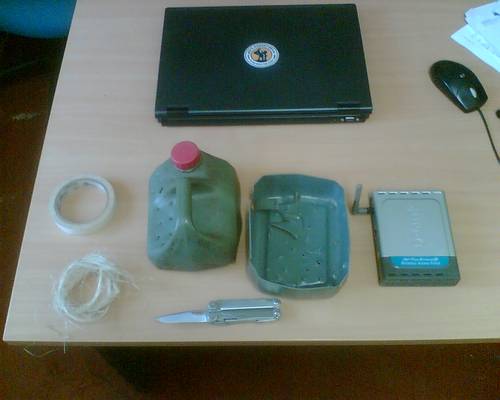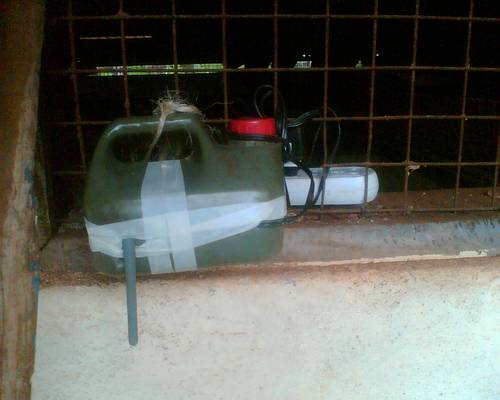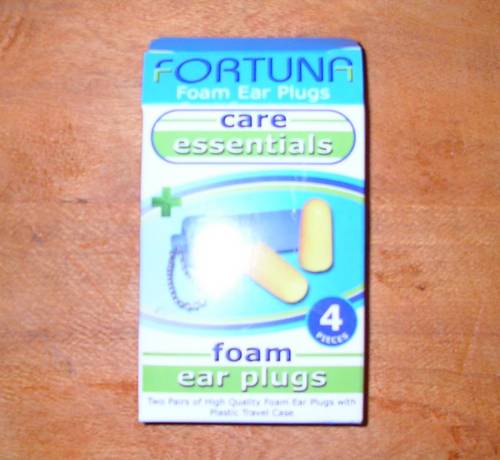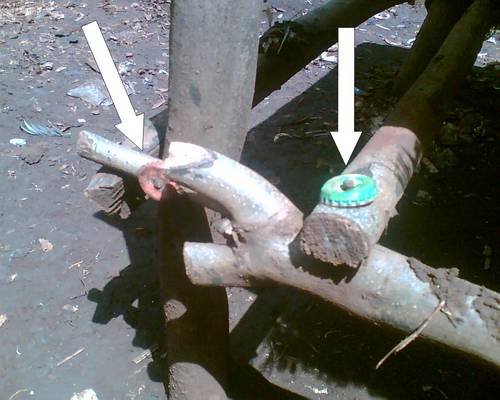I was sitting on the train to Sudabaaag and reading a computer magazine, when I suddenly realized what had bugged me during my work at the WRMA in Kenya.
As a consequence of this sometimes unsuitable development aid by foreign donors, a simple IT structure and office furnitures for use in the regional and subregional offices were procured in the past. By that time, emphasis – it seems – was put on getting these offices into operation, so someone just procured a few HP desktop computers with WindowsXP & MS Office, as well as an access point to enable a wireless network. For printing needs, a networked TOSHIBA printer was bought and installed – which even supports scanning to a local file. Nice!
And then you are confronted with the prevailing circumstances in a rural area. And this “rural area” stands for anything else but the normal IT environments.
There’s no computer shop in the area that deals with hardware or software (although there are many IT users in rural towns like Embu); there are frequent power failures + unstable power supplies which make the use of Uninterrupted Power Supplies (UPS) unavoidable; there’s lots of dust and other climatic influences; people aren’t properly trained how to handle IT ….and then there’s MS Windows XP – an operating system which gives each user lots of freedom and is in use all over the world. Despite of numerous viruses which often affect MS products thus hindering ppl from effective work on their computers, MS asks for an activation of their products either by telephone or over the internet. Now, internet isn’t available all over the world, and when I was confronted with the task of activating MS products such as Windows XP & Office 2003, fellow blogger Steve adviced me to send him the numbers instead so that he could call his local MS distributor in North America (thx!) and ask for the registration code. Fortunately, I was able to unlock the copies over the internet (as both computers came with an internal dial-up modem), and also managed to obtain the telephone number you have to dial in Kenya (0202868800) once there’s no internet.
Now, there might be a reason for complicated activation procedures, but the point is that MS – and this software manufacturer is just a good example – clearly missed the market and its needs. Whereas it makes sense to have a unique standard world wide which also enables exchange of data, there’s no need of having WindowsXP computers in an office of a Government Authority if other systems (hardware & software combinations) are much more effective and also much more reliable.
What we need are simple but reliable solutions to very basic but also unexpected problems.
Think of an (expensive) SUN workstation and its (cheaper) terminals, think of open software that does the same job as MS products, think of free operating systems that offer much more reliabilty and security, think of IT hardware that consumes less energy and has less movable parts (which could brake).
We blogged about this solar computer the other day with Lady AfroM, we often talk about the US-$100 laptop and we see more and more open source & free of charge software being available over the internet. The technology is there, and all we need is a durable computer that just does the normal jobs (office, browser, email, voip, photo editing).
As far as I remember, there are in fact a few smart people out there who have already come up with such an IT structure – only: I can’t see them on the market. And neither did the guy who procured those HP desktop computers.
Could it be that Microsoft personal computers are dominating the market just because the competition has such a lousy marketing?
I don’t know. What I do know is that being forced to work with such sensitive and vulnerable systems as those based on MS software is like eating Githerii (beans&maize) with chopsticks. It could be so much simpler.
As for this OLPC initiative and the US-$100 laptop – I am very curious to see what kind of reverse engineering and further use of these machines we’ll see in future. At least, these simple computers deliver most basic needs for computer users, and I think that a similar – restricted – technology should be used in government offices (where ppl are jeopardizing the IT with their USB flash sticks and games, but that’s another story…). What I would like to see are “ready to buy” and simple but effective computers that just provide a stable environment with basic tools for every day use. Something that just works – 24/7/365.
Why? Because there’s a market out there.

